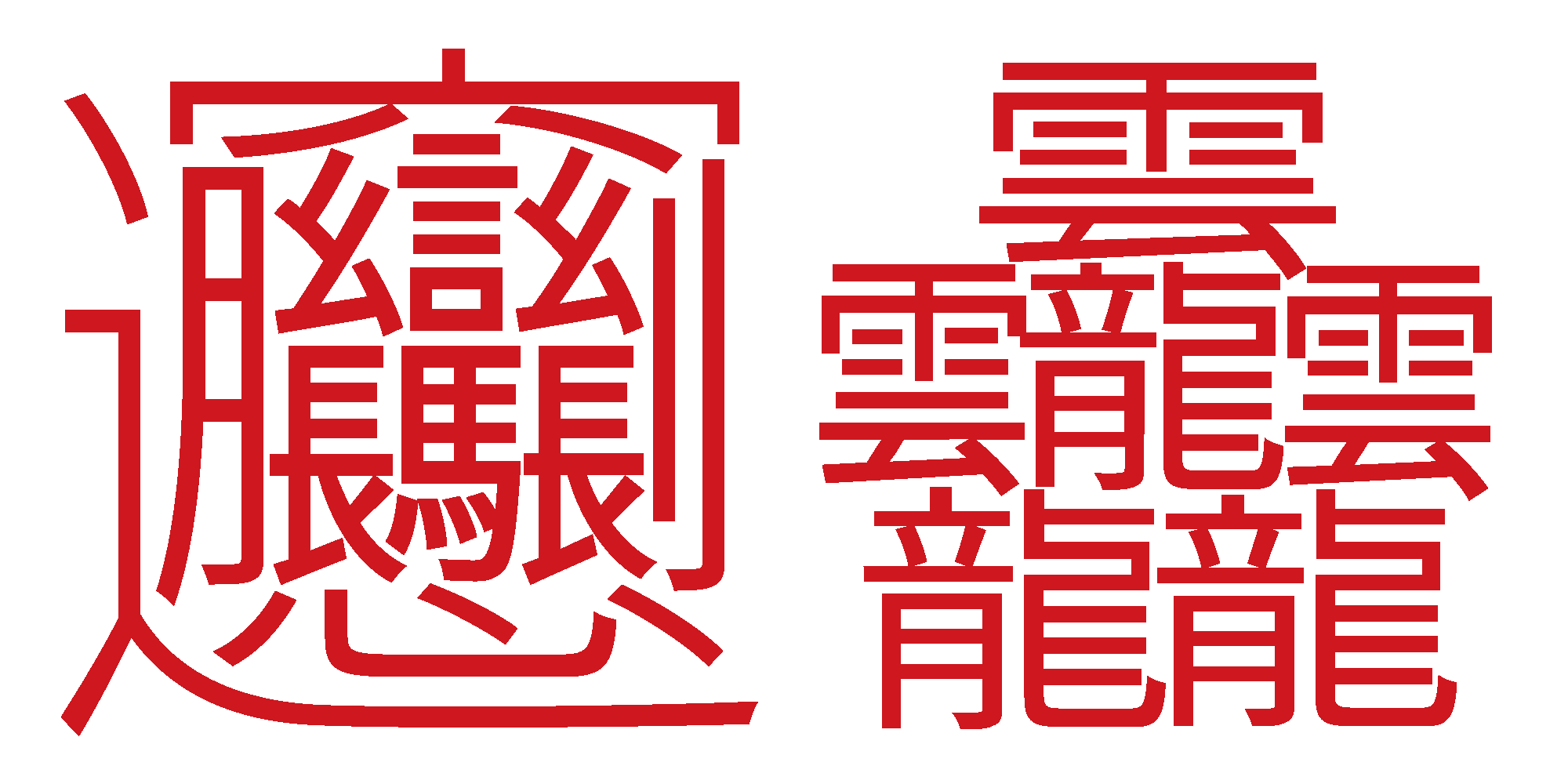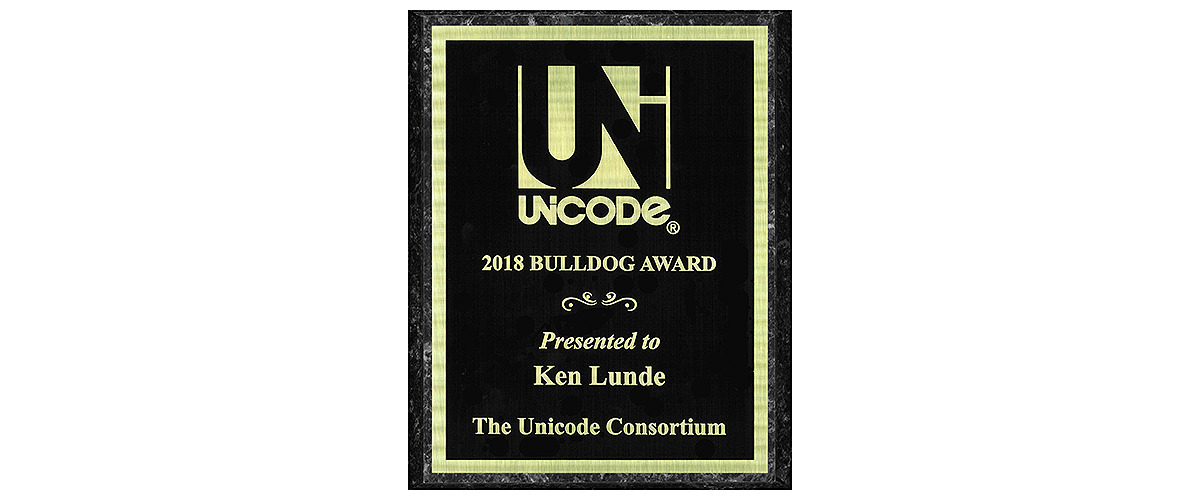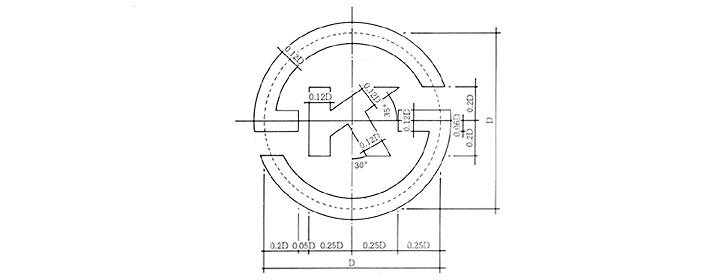
(Everything that is stated in this article applies to the corresponding Google-branded Pan-CJK typeface family, Noto Sans CJK. Likewise, any reference to Source Han Serif also applies to Noto Serif CJK.)
The last time that a new version of the Source Han Sans family, along with the Google-branded version, Noto Sans CJK, was released was in June of 2015 in the form of Version 1.004. I know from personal experience that a lot of planning, preparation, and work took place during the three years that followed, and the end result is Version 2.000 of both Pan-CJK typeface families.
If you’re interested in learning more details about some of the changes, enhancements, and additions that Version 2.000 offers, please continue reading this article.
Continue reading…







